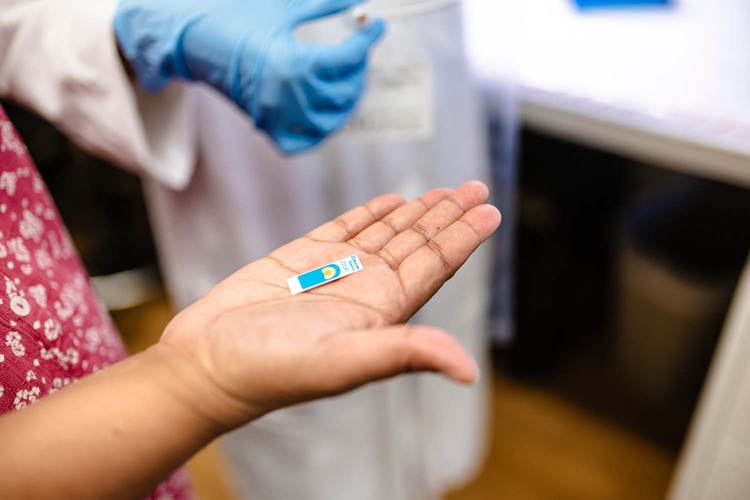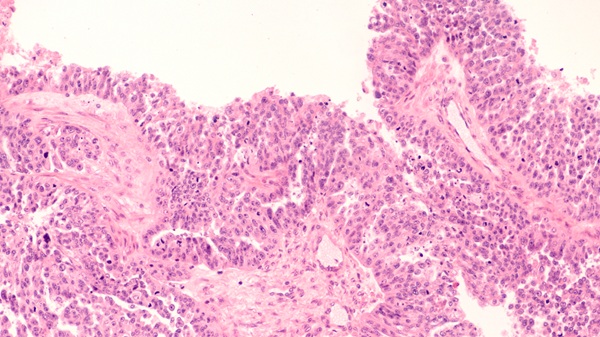Electrochemical Device Identifies People at Higher Risk for Osteoporosis Using Single Blood Drop
Posted on 15 Aug 2023
With the global increase in life expectancy, the incidence of age-related conditions like osteoporosis is increasing. Osteoporosis, affecting around 200 million individuals worldwide, has a higher incidence among women. The multifaceted nature of osteoporosis, influenced by both genetic and environmental factors, increases the risk of bone fractures. Early intervention is vital to reduce the consequences of osteoporosis, yet current diagnostic techniques fall short of enabling early detection of this ailment. Now, researchers have developed a biosensor with the potential to identify those at the highest risk of osteoporosis, using less than a drop of blood.
Dual-energy X-ray absorptiometry, the prevalent method to assess changes in bone mineral density, is not sensitive enough to detect density loss until considerable damage has already been done. A number of genomic studies have found specific genetic variations, referred to as single nucleotide polymorphisms (SNPs), which correlate with a higher osteoporosis risk. Building upon these findings, a research team from Universitat Rovira i Virgili (Tarragona, Spain) set out to create a portable electrochemical device to rapidly detect five such SNPs in finger-prick blood samples, enabling early diagnosis of osteoporosis.

Central to the device is an electrode array housing DNA fragments corresponding to each SNP. The application of lysed whole blood to the array facilitates the binding of any matching DNA sequences with the SNPs. Amplification takes place with the incorporation of ferrocene-labeled recombinase polymerase, facilitating electrochemical detection. This innovative platform enabled the identification of osteoporosis-associated SNPs in 15 human blood samples, with validation successfully done against alternative methods. Elimination of the need to extract DNA from the blood streamlines the analysis, making it rapid (approximately 15 minutes) and cost-effective (less than $0.5 per SNP).
In addition to its rapid results and affordability, the device offers portability and ready accessibility, making it ideally suited for point-of-care scenarios instead of being confined to centralized laboratories. The technology's versatility extends its ability to be adapted for the detection of other SNPs, as demonstrated previously by the researchers in identifying drug resistance in Tuberculosis mycobacterium from sputum and predicting cardiomyopathy risk from blood samples. Although the device does not directly diagnose osteoporosis, it has the potential to assist physicians in identifying individuals who require closer monitoring for the condition.
Related Links:
Universitat Rovira i Virgili














